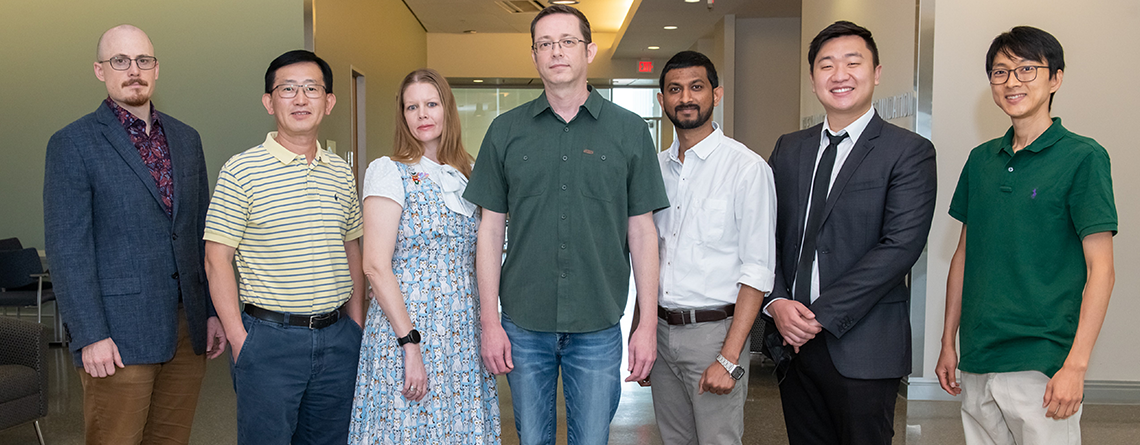Our research is focused on the study of mutations affecting the development and pathophysiology of connective tissues, including blood vessels, dermis, adipose tissue, and skeleton. The cells that compose connective tissues all share a common feature of expressing platelet-derived growth factor receptors (PDGFRs). These receptors are important for the body’s response to injury because they give connective tissue cells (broadly known as “fibroblasts”) the ability to proliferate and repair damaged tissues. Tight control of PDGFR signaling is critical, because excessive signaling can cause common diseases like fibrosis, cardiovascular disease, and cancer.
In recent years, genome sequencing has accelerated the discovery of genetic mutations associated with rare human disease, including mutations in PDGFRs and other genes in the PDGF pathway. The foundation of our approach is genetic animal models that recreate in mice specific mutations discovered in humans. We also use cell culture models and transcriptomic analysis in our research. Our goal is to bring these tools together to learn from rare diseases mutations, which are essentially the result of nature’s ongoing genetic experiment on human development. This will lead to basic biological insights that are applicable to connective tissue development and common diseases.
